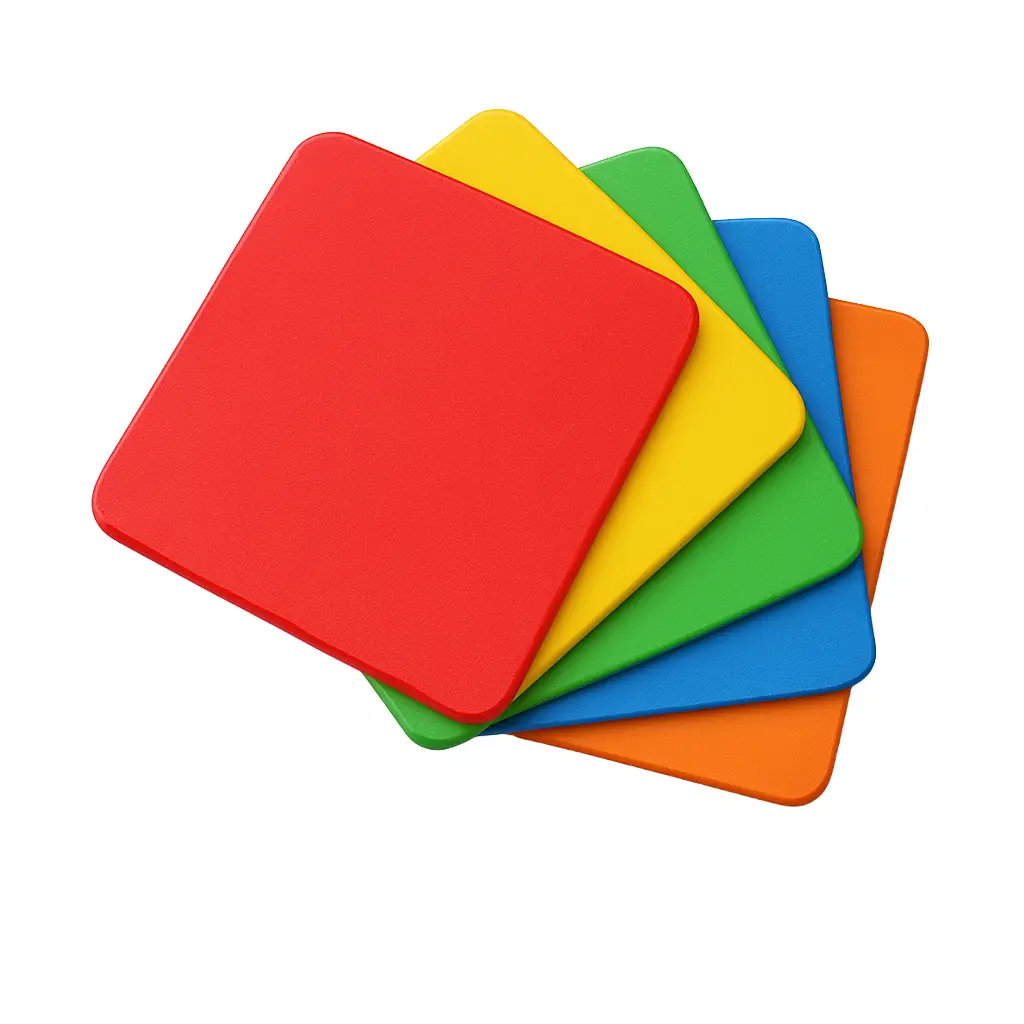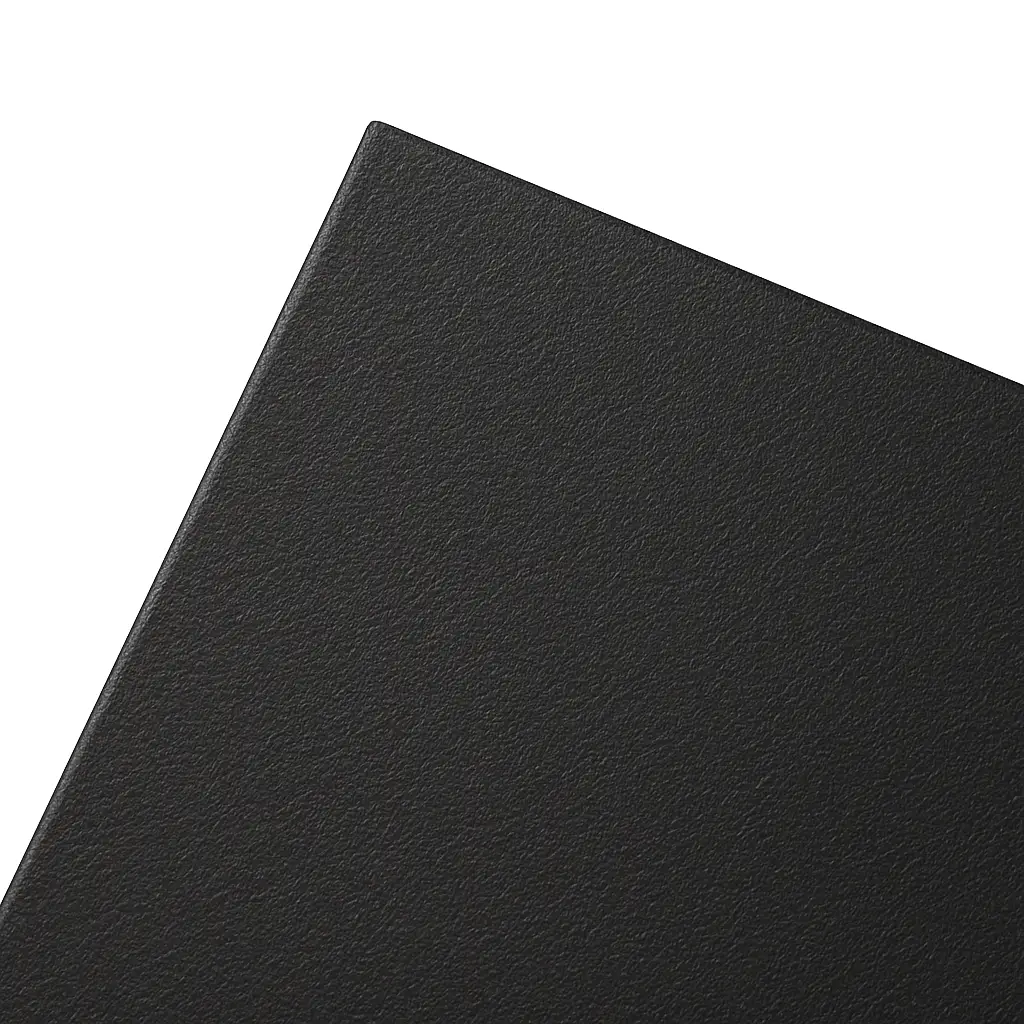Searching for an affordable solution to produce strong, versatile plastic components? ABS vacuum forming might be exactly what you need. Waveform Plastics delivers custom ABS vacuum forming and thermoforming services tailored to a wide range of industries and applications. With 25 years of hands-on experience and a focus on quality craftsmanship, we’re here to help turn your ideas into reality.
ABS (Acrylonitrile Butadiene Styrene) is a commonly used thermoplastic used for a wide variety of applications requiring durability, ruggedness, and easily formable into complex shapes. ABS is a versatile material, known for being cosmetically appealing while also offering very good impact resistance, making it ideal for applications such as equipment enclosures, panels, covers and point of sale displays.
ABS vacuum forming is a manufacturing process where a heated sheet of ABS plastic is drawn down over a mold using vacuum, pulling the softened plastic tightly against the mold’s contours. Once cooled, the ABS sheet retains the mold’s shape, creating the desired shape. The part is then typically trimmed and deburred.
Waveform offers a variety of ABS sheet grades for our vacuum forming and thermoforming processes. Features that may be customized in an ABS sheet include colour, surface texture, caps for appearance, hardness or weatherability, fire retardancy, and antistatic properties, to name a few. The specific grade chosen depends on your project’s requirements.

Impact Resistance
Protective cases, automotive parts, toys
Flexibility
Interior panels, signage, thin-walled parts
Heat Resistance
Electronic enclosures, automotive under-hood components
Chemical Resistance
Medical equipment, chemical containers
Surface Finish
Aesthetic parts, consumer products
Compared to injection molding, vacuum forming requires lower cost tooling, making it ideal for small to medium production runs.
ABS is a very versatile material, readily conforming to complex shapes and designs. Perfect for a wide range of applications.
Vacuum forming allows for quick prototype creation, accelerating the design and development cycle.
ABS offers an excellent strength-to-weight ratio, making it suitable for a range of applications.
ABS is typically available off-the-shelf in black and white, but is available in any custom colour. There are a number of surface textures available as well.
The versatility of ABS vacuum forming makes it suitable for a wide range of industries and applications, including:
Medical: Medical device enclosures, trays, machine housings
Automotive: Interior panels and trim, dashboards, trunk liners
Electronics: Enclosures for electronic devices, appliances housings
Consumer Goods: Cooler liners, luggage, toys

Farm equipment dashboard
Enclosure for ceiling mount and mobile medical lifts
RV interior panels
Parts handling trays for automation and assembly lines
Enclosure for cancer imaging device
Have more questions? Ready for a quote? Whichever the case, use the button below to contact us!